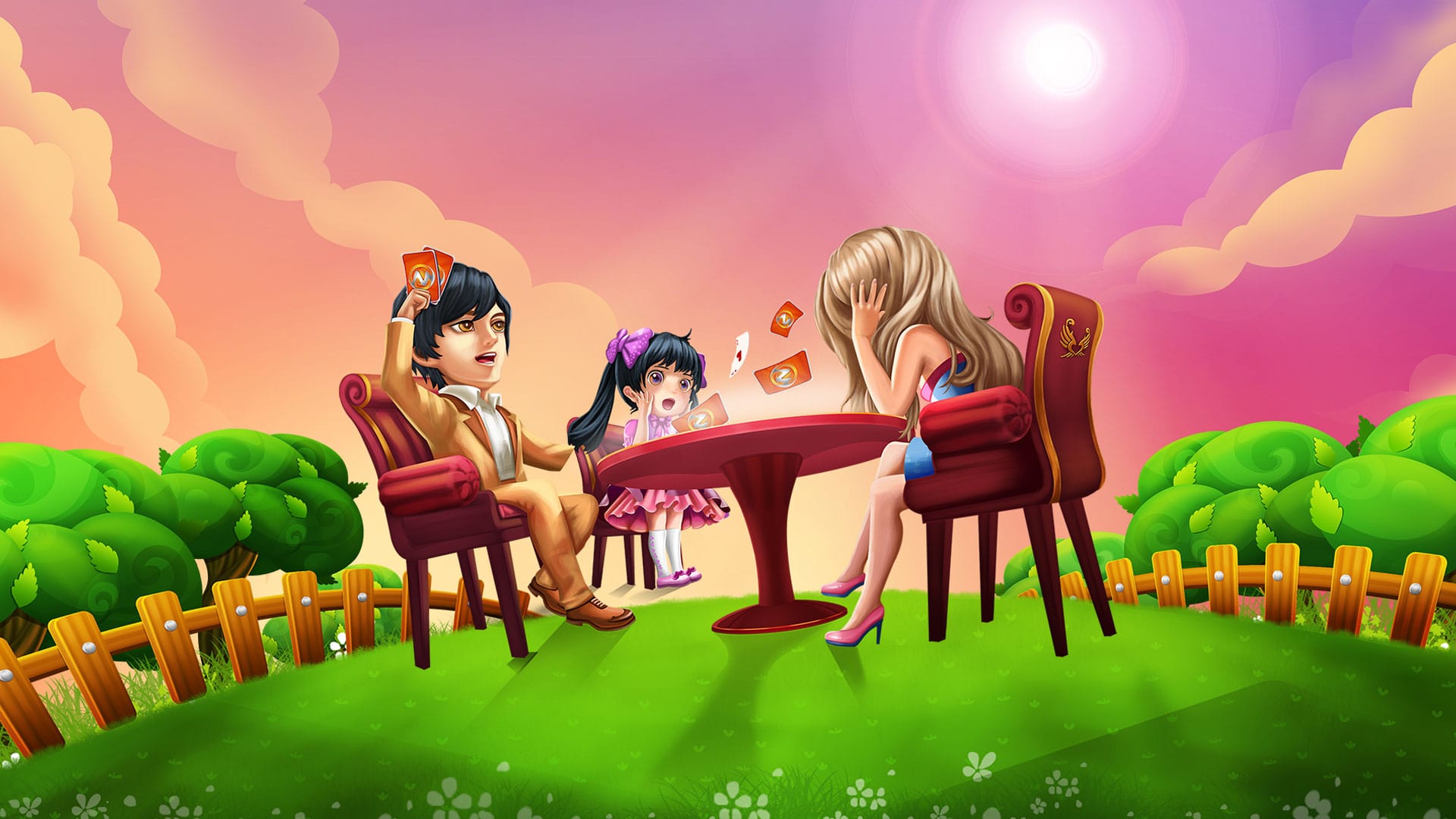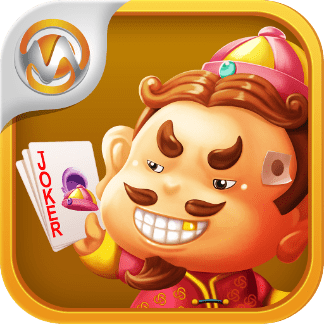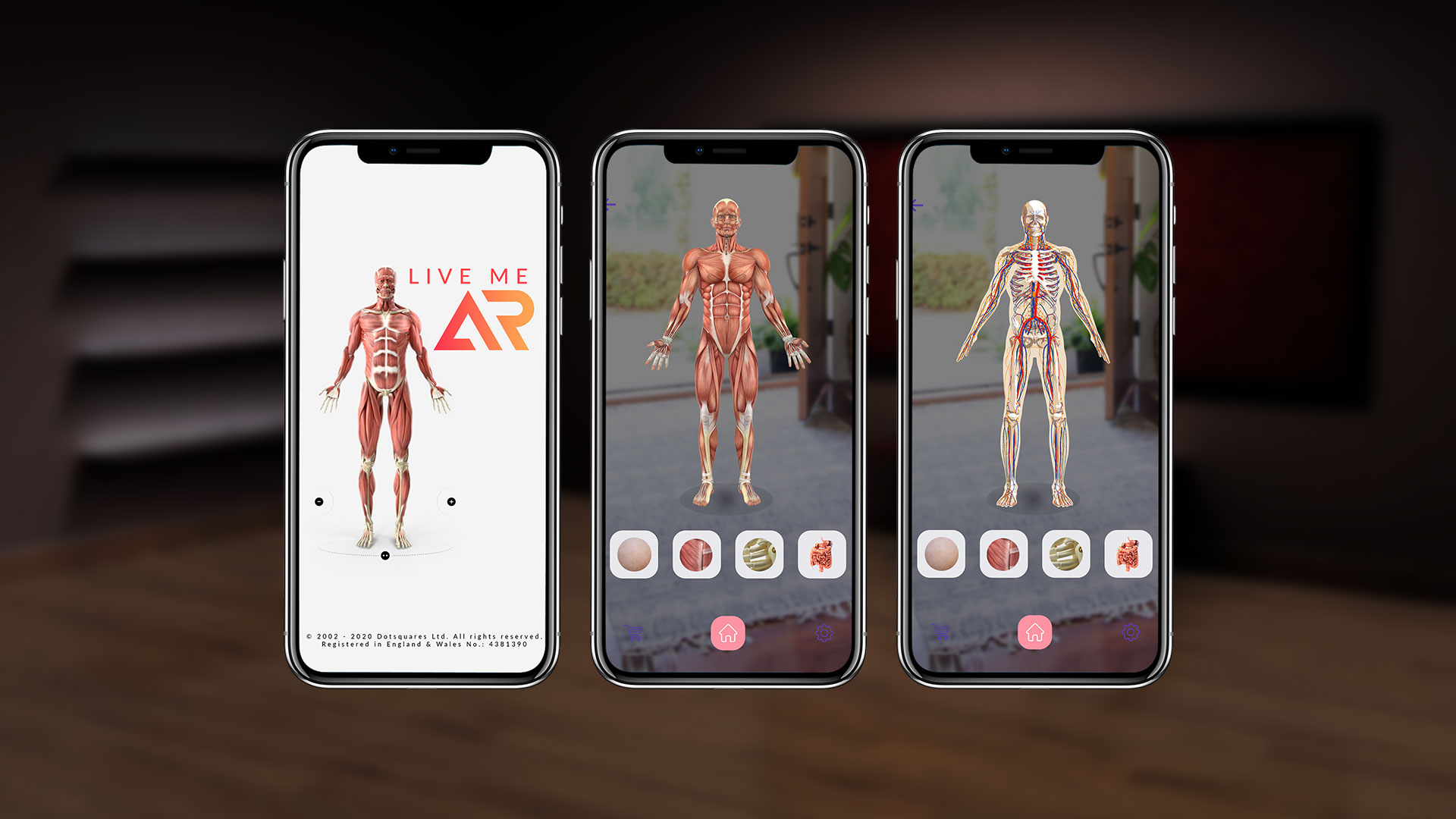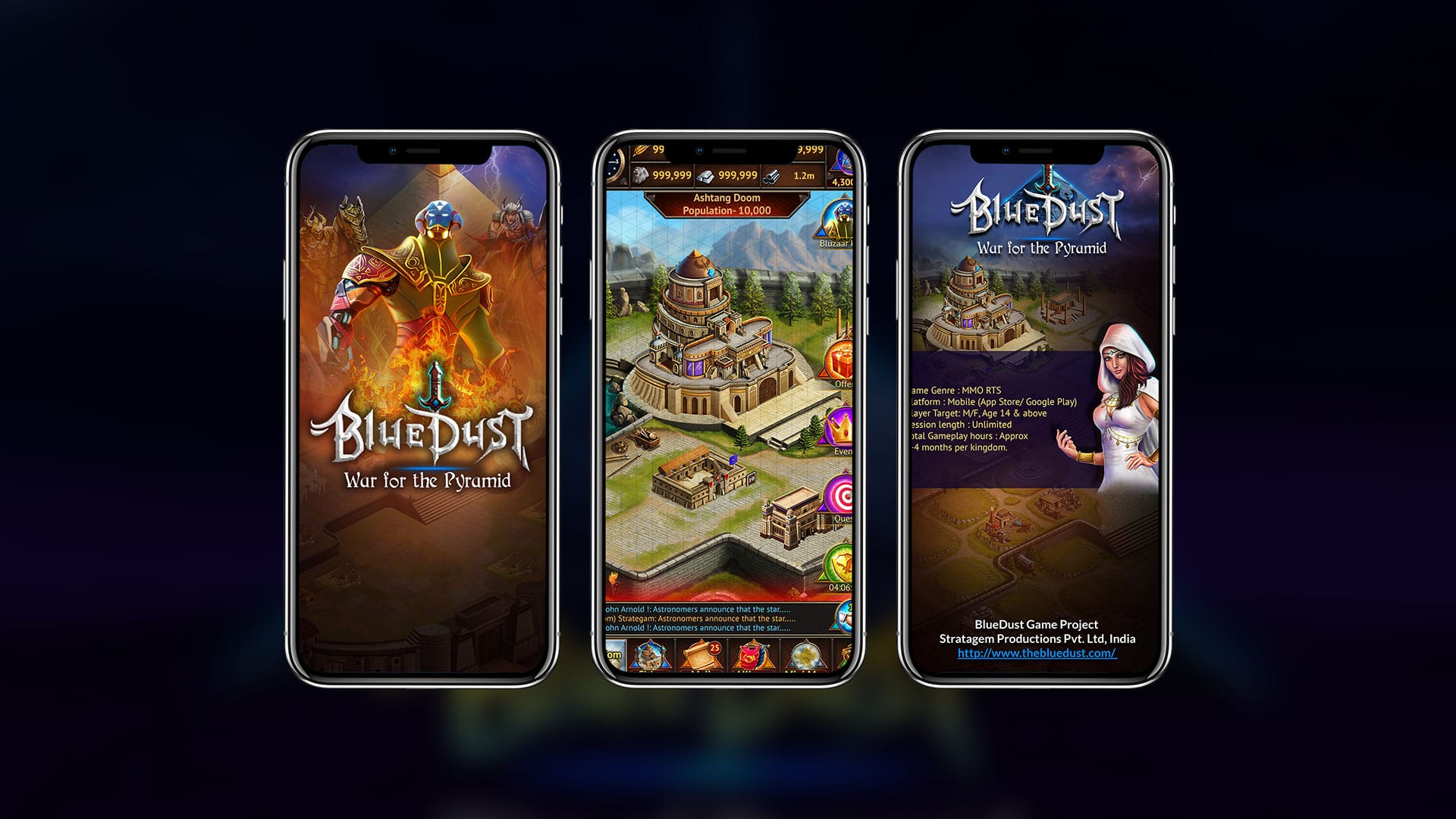Game Art style
In the competitive world of game development, visuals play a crucial role in capturing and retaining player interest. The art style of a game can significantly influence its appeal, immersion, and overall success. Choosing the right game art style is more than just an aesthetic decision; it can elevate your project by enhancing storytelling, gameplay, and player experience. In this blog, we’ll explore how a carefully crafted game art style can enhance your project in unique and impactful ways.
The Power of Art Style in Games
First Impressions Matter:
Visual Hook: The art style is often the first thing players notice about a game. A distinctive and appealing visual style can instantly grab attention and spark interest.
Brand Identity: Consistent art style across your project can create a strong brand identity, making your game easily recognizable.
Enhancing Storytelling:
Atmosphere and Mood: Art style sets the tone and mood of the game, influencing how players perceive and feel about the game world. For example, a dark, gritty art style can create a sense of tension and danger, while a bright, colorful style can evoke feelings of joy and adventure.
Narrative Support: The visual style can reinforce the game’s narrative, making the story more compelling and immersive. Characters, environments, and visual effects can all be designed to complement and enhance the storyline.
Immersive Gameplay:
Player Engagement: A cohesive art style helps create a seamless and immersive experience, drawing players deeper into the game world. When art style, gameplay mechanics, and story align, players are more likely to lose themselves in the game.
Visual Clarity: A well-designed art style enhances gameplay by providing clear visual cues and reducing clutter. This ensures that players can easily understand and interact with the game environment.
Differentiation and Uniqueness:
Standing Out: In a crowded market, a unique art style can set your game apart from the competition. An original visual approach can make your game memorable and help it stand out in the minds of players and critics.
Creative Expression: Your art style reflects your creative vision and can be a powerful expression of your project’s unique identity and themes.
Game Art Styles and Immersion
Building Atmosphere:
Emotional Engagement: The right art style can evoke specific emotions and set the stage for the overall experience. A horror game with a dark, eerie art style can make players feel uneasy and scared, while a whimsical style in a fantasy game can create a sense of wonder and adventure.
Consistent World-Building: Consistency in art style ensures that the game world feels cohesive and believable. This immersion keeps players engaged and invested in the game’s universe.
Visual Storytelling:
Complementing the Plot: The art style can visually express the themes and narrative of your game. For example, a post-apocalyptic game might use a desaturated, gritty art style to highlight themes of survival and desolation.
Character Design: Characters’ appearances, attire, and animations should reflect their personalities and backstories, enhancing the storytelling.
Recognition and Recall:
Memorable Style: A unique art style can become synonymous with your game, creating a strong brand identity. Players will associate specific visual elements with your game, making it easier to remember and recognize.
Franchise Potential: A distinctive art style can pave the way for future sequels, spin-offs, or merchandise, establishing a lasting brand.
Interaction and Enjoyment:
Intuitive Design: Art style can influence how players interact with the game. Clear, visually distinct elements can guide players intuitively, improving their overall experience.
Aesthetic Appeal: An appealing art style keeps players engaged, encouraging them to explore and spend more time in the game world.
Performance and Compatibility:
Optimization: The complexity of your art style should be balanced with the technical capabilities of your target platforms. High-detail, realistic graphics might not perform well on lower-end devices, whereas simpler, stylized visuals can ensure smoother performance.
Development Resources: Consider the skills and resources of your development team. Some art styles might be more resource-intensive to create and maintain than others.
Challenges and Pitfalls
Consistency:
Uniformity: Maintaining a consistent art style throughout the development process can be challenging, especially with large teams. Inconsistencies can break immersion and confuse players.
Art Direction: Strong art direction is crucial to ensure that all visual elements align with the intended style and vision.
Balancing Creativity and Practicality:
Feasibility: Striking the right balance between creative vision and practical execution is essential. An overly ambitious art style might strain resources and timelines.
Put the Brush on the Canvas
Start with Concept Art:
Blueprint: Create detailed concept art to serve as a blueprint for your game’s visual style. This helps in visualizing the final product and provides a reference for the development team.
Iteration: Experiment with different styles and iterations before settling on the final look. This process can help in finding the most effective visual direction.
Collaborate and Communicate:
Team Alignment: Ensure that all team members are aligned with the chosen art style. Regular communication and feedback loops can help maintain consistency and address any issues promptly.
Player Feedback: Involve players in the development process by sharing early art concepts and prototypes. Their feedback can provide valuable insights and help refine the visual style.
Choosing the Right Art Style
Understand Your Audience:
Target Demographics: Consider who your game is for. Different demographics have different aesthetic preferences. For instance, younger audiences might prefer colorful, cartoonish styles, while older players might appreciate more realistic or sophisticated visuals.
Player Expectations: Align your art style with the expectations of your target audience and the genre of your game. For example, fantasy games often benefit from stylized, imaginative visuals, while simulation games might require more realistic art.
Align with Gameplay Mechanics:
Complementary Design: Ensure that your art style complements and enhances your gameplay mechanics. Fast-paced action games might benefit from bold, dynamic visuals, while puzzle games might require clear, minimalistic designs.
Functional Aesthetics: The art style should not only look good but also serve a functional purpose. It should make it easy for players to navigate the game world, understand objectives, and identify important elements.
Consider Technical Constraints:
Hardware Limitations: Choose an art style that fits within the technical constraints of your target platforms. Highly detailed, realistic graphics might not perform well on lower-end devices, while simpler, stylized visuals can be more versatile.
Development Resources: Consider the skills and resources of your development team. Some art styles might be more resource-intensive to create and maintain than others.

Examples of Successful Game Art Styles
Cel-Shading:
Example: The Legend of Zelda: Breath of the Wild uses cel-shading to create a vibrant, anime-inspired look that enhances its fantasy world and appeals to a broad audience.
Impact: The art style not only differentiates the game but also adds to its charm and appeal, making exploration more enjoyable.
Pixel Art:
Example: Stardew Valley employs pixel art to evoke nostalgia and simplicity, perfectly aligning with its casual, farming simulation gameplay.
Impact: The pixel art style creates a warm, inviting atmosphere that resonates with players, enhancing the game’s relaxing and nostalgic feel.
Realism:
Example: The Last of Us Part II uses highly detailed, realistic graphics to create an intense, immersive experience that supports its emotional and narrative depth.
Impact: The realistic art style enhances the game’s impact by making the world and characters feel authentic, deepening the emotional connection for players.
Conclusion
The art style of your game is a powerful tool that can significantly enhance your project. By choosing and implementing the right art style, you can create a visually appealing, immersive, and memorable experience for players. Whether you’re aiming for a unique visual identity, enhancing your storytelling, or ensuring gameplay clarity, the right art style can elevate your game to new heights. Take the time to consider your audience, gameplay mechanics, and technical constraints to find the perfect visual approach for your project. With a carefully crafted art style, your game can stand out in a crowded market and leave a lasting impression on players.
Why Inventive Studio?
Inventive Studio has a history of successful projects across various genres and platforms. Our portfolio showcases a range of styles and themes, demonstrating our versatility and expertise. Our team comprises talented artists, designers, and developers who are passionate about gaming and visual storytelling. With years of experience in the industry, they bring a wealth of knowledge and creativity to every project.















